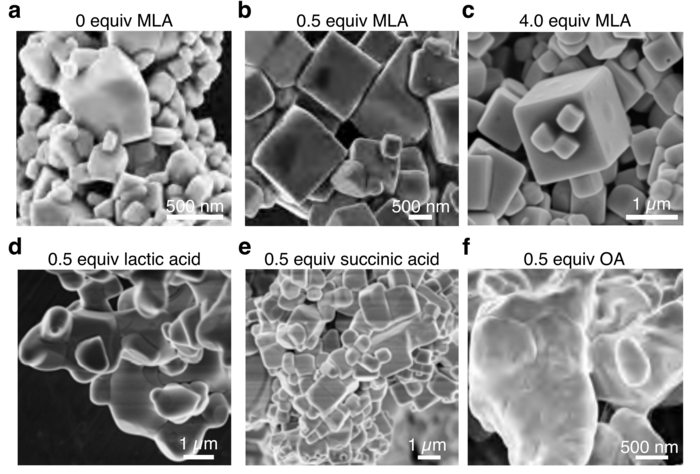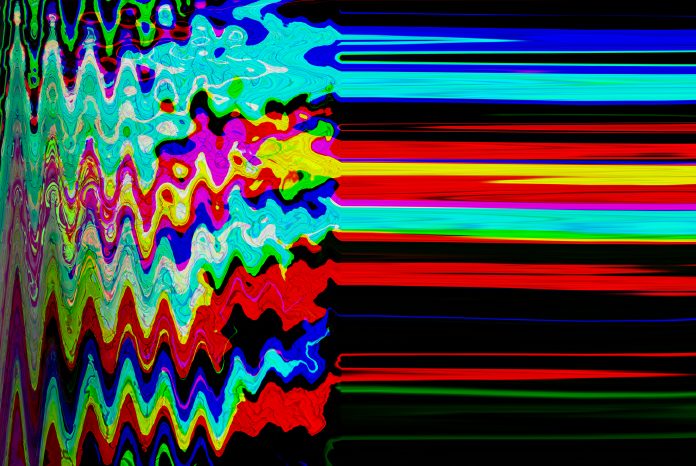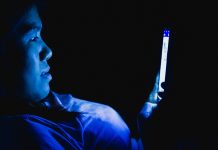Display devices based on quantum dots have promised greater power efficiency, brightness and colour purity than previous generations of displays
Quantum dots are nanoscale crystals capable of emitting light of different colours.
Of the three colours typically used and required for full-colour image displays – red, green and blue – blue has proven difficult to produce.
Quantum dots are nanoscale crystals capable of emitting light of different colours. A new method based on self-organizing chemical structures offers a solution, and a cutting-edge imaging technique to visualize these novel blue quantum dots proved essential to their creation and analysis.
The future of pixels and screen displays
Pixels can appear almost any colour, but they are not the smallest element on your screen; they are typically made up of subpixels which are red, green and blue. The variable intensity of these subpixels gives the appearance of a single colour from a palette of billions.
But the next big leap is likely to be so-called quantum dot light emitting diodes, or QD-LEDs.
Displays based on QD-LEDs already exist, but the technology is still maturing, and current options have some drawbacks, specifically regarding the blue subpixels within them. Of the three primary colours, blue subpixels are the most important.
Through a down-conversion process, blue light has the ability to generate green and red light. Because of this, the blue quantum dots require controlled physical parameters – more so than others. This often means blue quantum dots are highly complex and costly to produce, and their quality is a critical factor in any display.
But now, a team of researchers led by the University of Tokyo’s Department of Chemistry has a solution.

Precisely controlled molecules are key
“Previous design strategies for blue quantum dots were very top down, taking relatively large chemical substances and putting them through a series of processes to refine them into something that worked,” said Professor Eiichi Nakamura.
“Our strategy is bottom up. We built on our team’s knowledge of self-organizing chemistry to precisely control molecules until they form the structures we want. Think of it like building a house from bricks rather than carving one from stone. It’s much easier to be precise, design the way you want, and is more efficient and cost-effective too.”
It’s much easier to be precise, design the way you want, and is more efficient and cost-effective too
The unique chemical makeup of the team’s dot, a hybrid mix of organic and inorganic compounds, allow the blue quantum dot to produce nearly perfect blue light when exposed to ultraviolet light. According to the international standard for measuring colour accuracy, the team created a near-perfect shade of blue known as BT.2020.
“Surprisingly, one of our biggest challenges was in finding that malic acid was a key piece of our chemical puzzle. It took over a year methodically trying different things to find it,” said Nakamura. “Perhaps less surprising is that our other main challenge was to determine the structure of our blue quantum dot. At 2.4 nanometers, 190 times smaller than the wavelength of the blue light we sought to create with it, the structure of a quantum dot cannot be imaged by conventional means.”
Unfortunately, the blue quantum dot is also quite short-lived, though this was expected, and the team is now aiming to improve its stability with the aid of industrial collaboration.
Editor's Recommended Articles
-
Must Read >> Blue light exposure: What are the dangers?





























